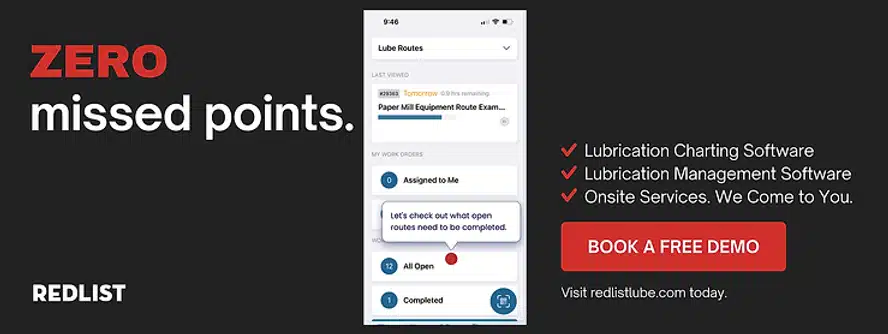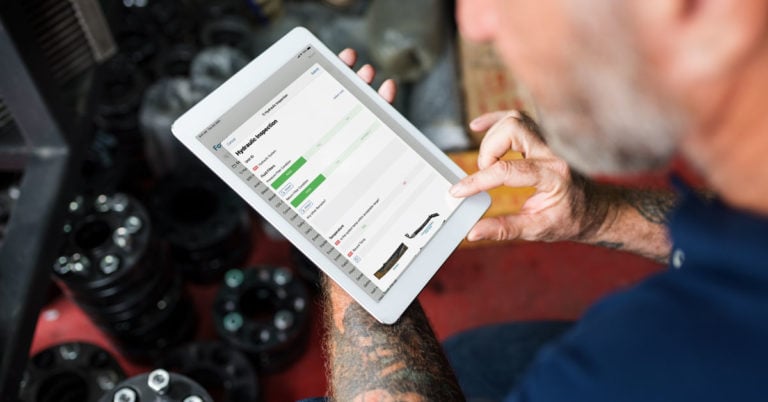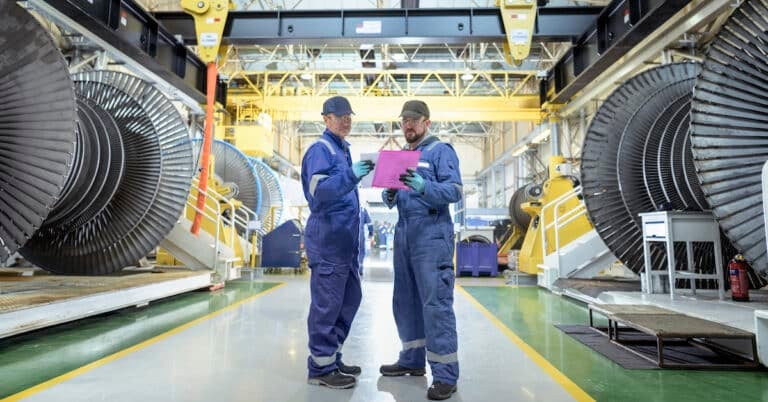In lubrication management, contamination is the major cause of machine failure. Thus, lubrication contamination control is one of the most crucial aspects of a lubrication program. In this article, you’ll learn about contamination control and the objectives necessary to maintain effective lubrication and machine functionality.
What is Lubrication Contamination Control?
Contamination control is any measure that prevents solid particles, water, and heat from affecting lubrication and ultimately causing damage to assets. The objectives of contamination control include maintaining a clean machine lubricant, a dry environment, and ideal temperatures.
How Contamination Affects Lubrication
Lubrication contamination happens when solid particles or water present in the equipment react with the lubricating oil. These contaminants result in oxidation, a process that promotes the breakdown of oil. Ultimately, oxidation progresses into the equipment parts and destroys them, thus resulting in failure and downtime.
Contamination also affects the lubrication system by reducing its performance and degrading the lifespan of the lubrication pump and metering systems. For example, contamination can reduce the life of a good lubrication pump from three years to only a few months, even weeks!
Lubrication Contamination Control Objectives
Contamination control is, therefore, essential for a successful lubrication management program and high reliability of assets. The following are the contamination control objectives and how to achieve them.
1. Target Cleanliness
The ISO 4406, or the International Organization for Standardization Cleanliness Code, is the most popular reporting standard for fluid cleanliness. This standard has assigned code numbers for three particle sizes and reports particle counts in 3-number codes like this: 21/19/15. The higher the numbers in this code, the higher the particle counts and, thus, the higher number of contaminants.
Every machine or piece of equipment has set cleanliness standards or tolerances. A hydraulic system, for example, could have a 15/12/10 target cleanliness level. This means that if this machine is exposed to contaminants above the equivalent number of this code, it will experience damaging effects.
The key to attaining target cleanliness is not to aim at the maximum levels, but not too low either, or it will be impossible to achieve. These levels can also be readjusted over time.
2. Target Dryness
It is common knowledge in the lubrication industry that water is not an effective lubricant and is damaging to machines and lubricating oils. Much like target cleanliness levels, target dryness are specified limits that must not be exceeded to control lubrication contamination.
Different machines and equipment have varying target dryness. There are available online calculators for target dryness that you can check to get the targets for your specific assets.
3. Target Temperature
Unlike solid particles and water, there are no set temperature targets. The amount of heat needed to cause the degradation of oil and mechanical parts is difficult to standardize because there are other factors in consideration. These factors include:
- Maximum operating temperature for the machine or equipment
- Resistance of the mechanical components to heat
- Ambient temperatures in the facility
- Effect of heat on the lubricant’s viscosity
- And so much more.
You should set your target temperatures based on your equipment specifications and actual monitoring of temperature.
Establishing lubrication contamination control objectives, or setting target levels for cleanliness, dryness, and temperature, can make or break your contamination control efforts. To do this, we recommend starting with your most essential machines and continuing until you’ve set up contamination control objectives for your entire site. In addition, we also recommend that you keep lubrication in cool, dry, and clean storage to prolong the lifespan.

Control Contamination for the Best Lubrication Management
The success of your lubrication management program depends on lubrication contamination control. You can use the best lubricating oils and the most sophisticated lubricating system, but these will be useless without contamination control. With the support of Lubrication Management software, you can ensure that your team follows the contamination control objectives you set. Feel free to contact us to find out how!


